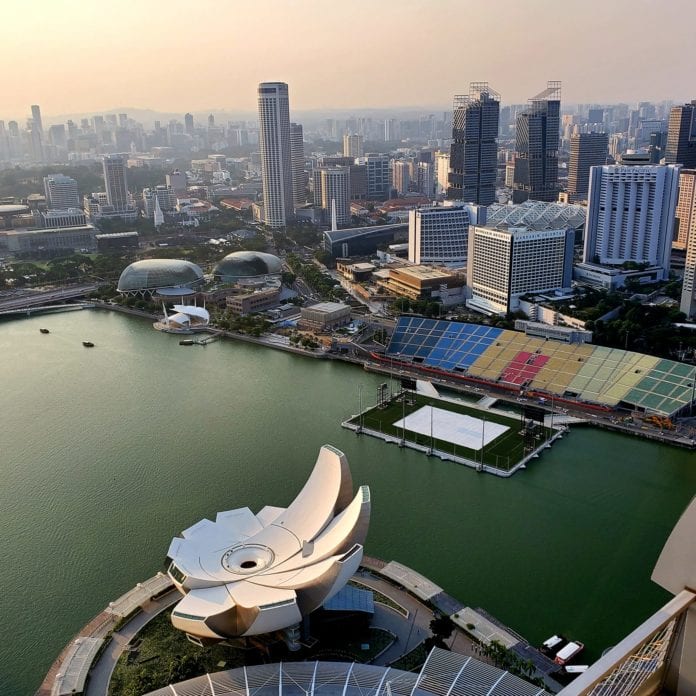Singapore telecom operators StarHub and M1 have signed an exclusive agreement to cooperate and submit a joint bid for a 5G license.
In a joint statement, the companies said that they are working towards the February 17 closing date for 5G proposals.
Earlier this month, telecommunications regulator Infocomm Media Development Authority (IMDA) said it had extended the deadline to February 17 from the original deadline of January 21 to give operators more time to submit their proposals.
In October last year, IMDA announced plans to award two licenses for the provision of 5G services across Singapore. The regulator said that the 5G spectrum would be awarded by mid-2020.
IMDA also said that the move aims to facilitate the rollout of 5G mobile networks by 2020, with full-fledged 5G standalone capability covering at least half of Singapore by end-2022
Under the terms of this process, the regulator said that two equal spectrum packages will be put up for bids among the four existing mobile operators – M1, Singtel, StarHub and TPG Telecom. IMDA stated that each lot of spectrum will cost at least 55 million Singapore dollars ($40.18 million).
IMDA will assess the operators’ proposals based on a comprehensive set of criteria, including network security design, network performance and spectrum offer price. The two selected operators will be required to deploy the 3.5GHz spectrum band on a standalone basis.
The two remaining operators will receive two 800MHz lots of mmWave spectrum. The operators securing spectrum in the 800MHz band will have the flexibility to deploy mmWave spectrum on a non-standalone basis to deliver localized 5G services.
StarHub had previously highlighted that the benefits of 5G may not necessarily be about simply faster speeds. “This is particularly true during the initial stages of 5G services, when the available spectrum for 5G will be relatively limited. Rather, we see 5G’s promise of ultra-low latency and ultra-high capacity as enablers for unique use-cases that can greatly boost productivity and increase efficiency. For example, 5G could enable real-time connectivity between people, devices and machines that could assist in industries such as manufacturing and logistics.”
Beyond manufacturing and logistics, the operator specifically calls out:
Smart seaports and airports;
Transport systems and connected vehicles;
Health care applications like remote monitoring and 3D imaging;
AR/VR-based tourism experiences;
Smart factories;
Remotely-controlled drones;
Cloud-based gaming
Public safety;
Fixed wireless access.
Speaking at the 5G Asia event hosted in Singapore last year, M1 CTO Denis Seek said the operator is working “to making 5G a reality in Singapore soon. For the purpose of piloting and for gaining in-house technical competency, we plan to test both NSA and SA.” But, he said the deployment framework calls for going directly to SA, which also opens up revenue sources dependent on network slicing. That type of use case is “only feasible for SA architecture,” he said.
Seek also said that near-term 5G-enabled use cases would focus on “automation of processes,” using the enhanced mobile broadband and ultra reliable low latency communications capabilities of 5G. The operator called out use cases like “high quality video surveillance, remote operation of vehicles, machineries, and ground robotics to improve productivity and safety, which can potentially be deployed in various vertical industries (e.g. manufacturing and industrial plants, maritime ports / shipyards, drone applications, security etc).”

